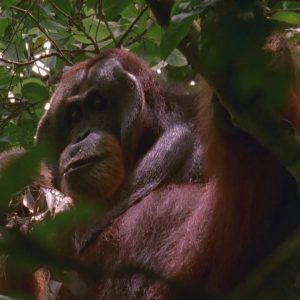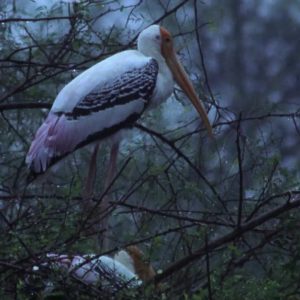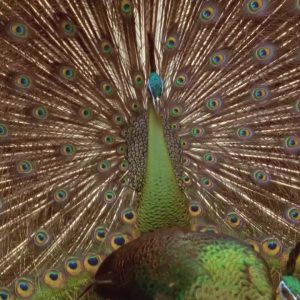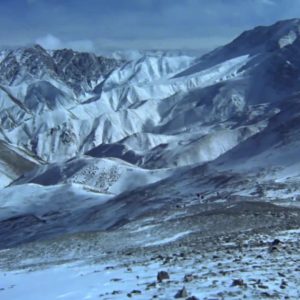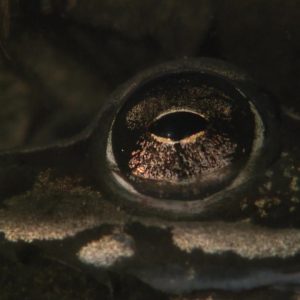The Arid Heart
Staying alive in Asia’s barren heartland of desert and dry grasslands is a challenge, yet many animals thrive. The Arid Heart explores life in the arid interior, revealing the secrets of surviving both searing summer heat and bitter winter cold.
The Arid Heart is the story of life in Asia’s dry lands − the dry grasslands of the Mongolian steppe, the stony Gobi Desert, and the sandy deserts of India. These are places of extreme, where summers are intensely hot and winters are bitterly cold. The animals who live here are tough and resilient, and not only survive, but thrive.
Przewalski’s horses are the only true wild horses in the world. They are nomads who roam the grasslands in search of the best grazing. In spring the mares are heavily pregnant, ready to foal in the middle of the brief summer. Demoiselle cranes have just returned to the grasslands after wintering in India. The pairs are re-establishing breeding territories, and renewing their pair bonds in an extraordinary ballet.
The cranes’ journey from India took them across the stony Gobi desert, the bleak centre of Asia’s arid heart. Here, there is hardly any water, yet the desert is still home to a thousand wild Bactrian camels, who are superbly adapted to the desert. The camels can last for days without drinking, while small desert rodents such as the great gerbils can go without drinking at all, getting all the moisture they need from plants. Some animals, such as the hairy footed jerboa, escape the heat of the day by only coming out at night. Despite their best efforts small animals still fall prey to sharp-eyed hunters like buzzards.
By early summer on the steppe grassland the demoiselle cranes are raising their chick, while five foals have been born in the Przewalski horse herd led by the dominant stallion, Khan. Once extinct in the wild, the horses have been reintroduced to Mongolia, but still face threats from domestic horses and cows. The horse’s grassland home is shaped by the abundant marmot.
Autumn comes quickly, and the animals rush to get ready for winter. Khan is constantly on guard, protecting his herd from rival stallions, including his own first born son. Mongolian gazelles which are gathering in huge herds are decimated by an outbreak of foot rot resulting from unusually high rainfall. To escape winter the demoiselle cranes gather in big flocks and make an epic, three week journey that takes them across the world’s highest mountains, the Himalayas.
The deserts of India are very different to the dry lands of Central Asia, but they are home to relatives of animals of the interior, such as chinkara or Indian gazelles. During the mating season wild ass stallions, related to the wild horses, defend territories instead of a herd. A young stallion has a hard time getting to mate with the mares, and an older wilier stallion resorts to trickery and lures the young one away so he can mate with the mares. Huge numbers of demoiselle cranes winter over on the edge of the desert, attracted not only by water but by handouts of food from the local village.
Back in Central Asia the land is in the grip of a long bitter winter where temperatures may plunge to minus fifty degrees celsius. Khan’s son is now the dominant stallion of a small group of mares, but Khan still controls his big herd. With the river frozen over, water is still at a premium, and food is hard to find under the snow, but the horses know that just as winter began, so it will end.






